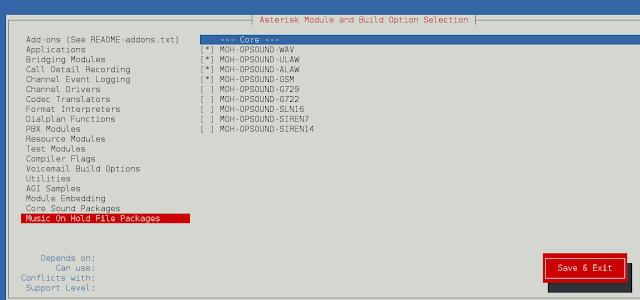The capacity() method of StringBuilder Class is used to return the current capacity of StringBUilder object. The capacity is the amount of storage available to insert new characters.
Syntax:
public int capacity()
Return Value: This method returns the current capacity of StringBuilder Class.
Below programs demonstrate the capacity() method of StringBuilder Class:
Example 1:
Java
// Java program to demonstrate// the capacity() Method.class GFG { public static void main(String[] args) { // create a StringBuilder object, // default capacity will be 16 StringBuilder str = new StringBuilder(); // get default capacity int capacity = str.capacity(); System.out.println("Default Capacity of StringBuilder = " + capacity); // add the String to StringBuilder Object str.append("Geek"); // get capacity capacity = str.capacity(); // print the result System.out.println("StringBuilder = " + str); System.out.println("Current Capacity of StringBuilder = " + capacity); }} |
Default Capacity of StringBuilder = 16 StringBuilder = Geek Current Capacity of StringBuilder = 16
Example 2:
Java
// Java program to demonstrate// the capacity() Method.class GFG { public static void main(String[] args) { // create a StringBuilder object // with a String passed as parameter StringBuilder str = new StringBuilder("WelcomeGeeks"); // get capacity int capacity = str.capacity(); // print the result System.out.println("StringBuilder = " + str); System.out.println("Capacity of StringBuilder = " + capacity); }} |
StringBuilder = WelcomeGeeks Capacity of StringBuilder = 28
Reference:
https://docs.oracle.com/javase/10/docs/api/java/lang/StringBuilder.html#capacity()




